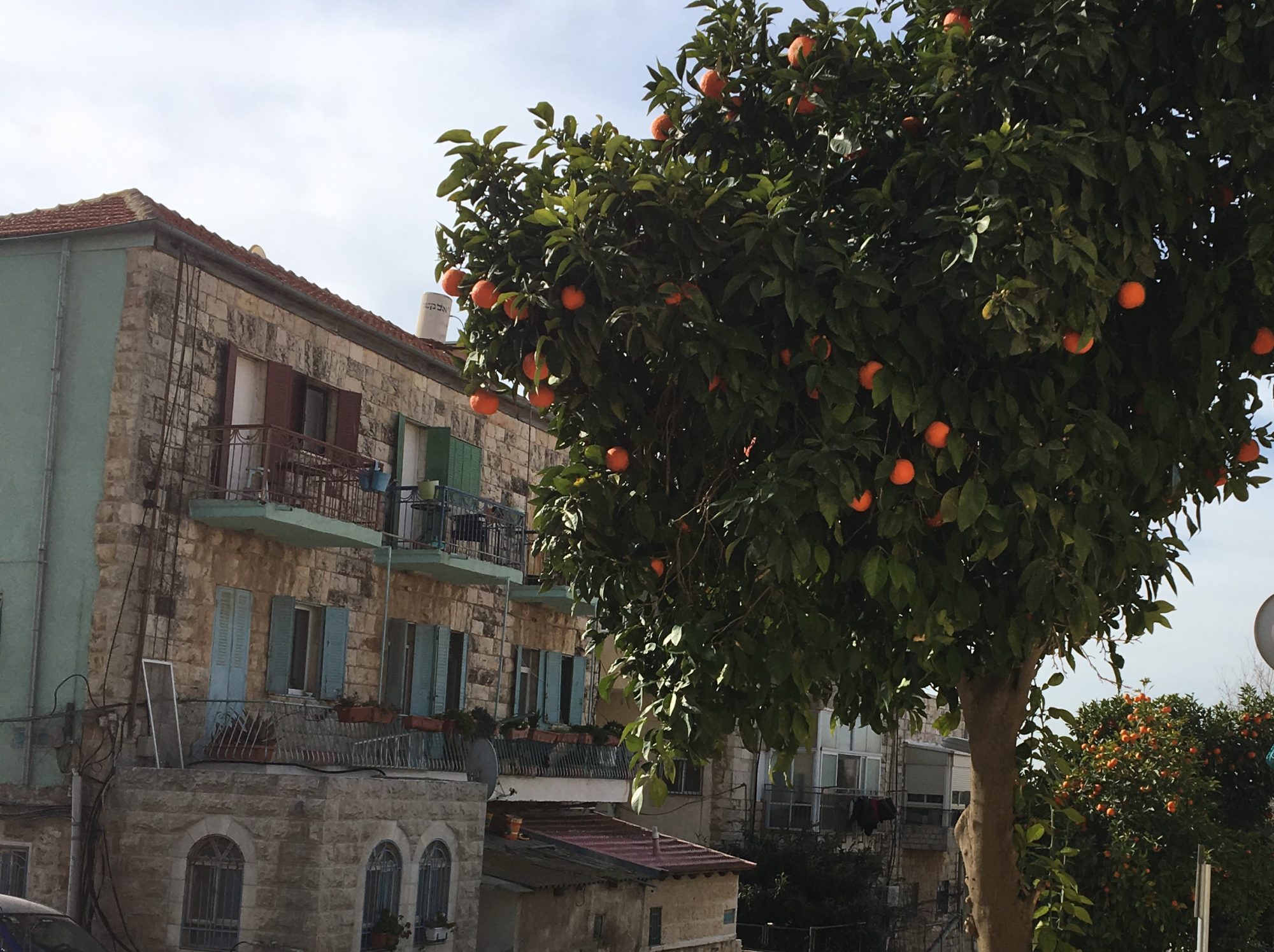For me, Lag BaOmer is the holiday that sets a Secular American Jew and a Secular Israeli Jew apart.
Growing up in a secular Jewish-American background, with a large Jewish community in Central New Jersey who mostly went to Reform and Conservative synagogues, Jewish life was mainly centered around the major holidays. Rosh HaShana, Yom Kippur, Hanukkah and Pesach. Perhaps as a kid you ate a date or fig on TuBshvat and maybe, just maybe, you went to a Sukkah once or twice in your life and very unlikely you did too much on Shavuot, but heard of the holiday.
Lag BaOmer is a holiday that I only heard of for the first time when I started understanding more about Judaism, from both Sephardic traditions and Chabad while I was living in the East Village, NY back in 2009.
(There was, and I believe still is, a very open, eclectic, international and non-judgmental Modern-Orthodox community in downtown Manhattan that I appreciate so much and helped shape where I am today. )
If you aren’t yet familiar, Lag BaOmer is a mystical holiday mourning the passing of Rabbi Shimon Bar Yochai (the first Rabbi to teach and write about Kabbalah) in the 2nd Century, that in modern day Israel is celebrated with bonfires and a pilgrimage to Rabbi Shimon Bar Yochai’s grave in Meron, which is in Northern Israel near Tzfat. The Ministry of Education gives a day off from all schools and both secular and religious students alike have bonfires and other celebrations organized by their teachers,
( I also understood after a few years living here it is common knowledge not to leave your laundry to dry outside on Lag BaOmer, or have bonfire smelling sheets). Oops. 😦
Somehow I was surprised to hear when I spoke to my kid’s secular Israeli cousins how they were so excited for Lag BaOmer and couldn’t wait to have their bonfires with their classes from school. These are cousins from both Jerusalem and Tel Aviv.
I thought wait, you guys celebrate Lab BaOmer? Isn’t it a religious, mystical holiday? Do you know the background of Lag BaOmer? (Supposedly they learn about the holiday in school).
I guess what I am trying to say is, that it surprises me how much a secular Israeli knows about Jewish life…just by having the Hebrew language, having all the Jewish holidays celebrated around you, and even commercials on television or advertisements in the supermarket selling things related to those specific celebrations . These kinds of experiences last with you your whole life and give you the opportunity to easily research more about those experiences later in life.
You have that seed right in your hand. All you need to do is plant it. You don’t have to go searching for the seed like many of us from abroad.
For me this is a beautiful asset that the Secular Israeli Jew has.
So naturally my first Lag BaOmer in Israel in 2011 I did make the pilgrimage to Meron. It was crowded! They say over 300,000 people come every year. But it was an amazing time in my life for prayer and growth and I really appreciate that trip and the Lag BaOmer energies that year. b’h.
*The picture above I took in Meron in 2011.
Lag BaOmer Sameach to all 🙂
Here is a bit more on Lag BaOmer from Chabag.org: (Link to full article).
“Rabbi Shimon bar Yochai, who lived in the second century of the Common Era, was the first to publicly teach the mystical dimension of the Torah known as the Kabbalah, and is the author of the classic text of Kabbalah, the Zohar. On the day of his passing, Rabbi Shimon instructed his disciples to mark the date as “the day of my joy.”
The chassidic masters explain that the final day of a righteous person’s earthly life marks the point at which all their deeds, teachings and work achieve their culminating perfection and the zenith of their impact upon our lives. So each Lag BaOmer, we celebrate Rabbi Shimon’s life and the revelation of the esoteric soul of Torah.
Lag BaOmer also commemorates another joyous event. The Talmud relates that in the weeks between the Jewish holidays of Passover and Shavuot, a plague raged among the disciples of the great sage Rabbi Akiva (teacher of Rabbi Shimon bar Yochai), “because they did not act respectfully towards each other.” These weeks are therefore observed as a period of mourning, with various joyous activities proscribed by law and custom. On Lag BaOmer the deaths ceased. Thus, Lag BaOmer also carries the theme of loving and respecting one’s fellow (ahavat Yisrael) “

